What is the Difference Between 3D and 2D Animation?
DBS Interactive DBS Interactive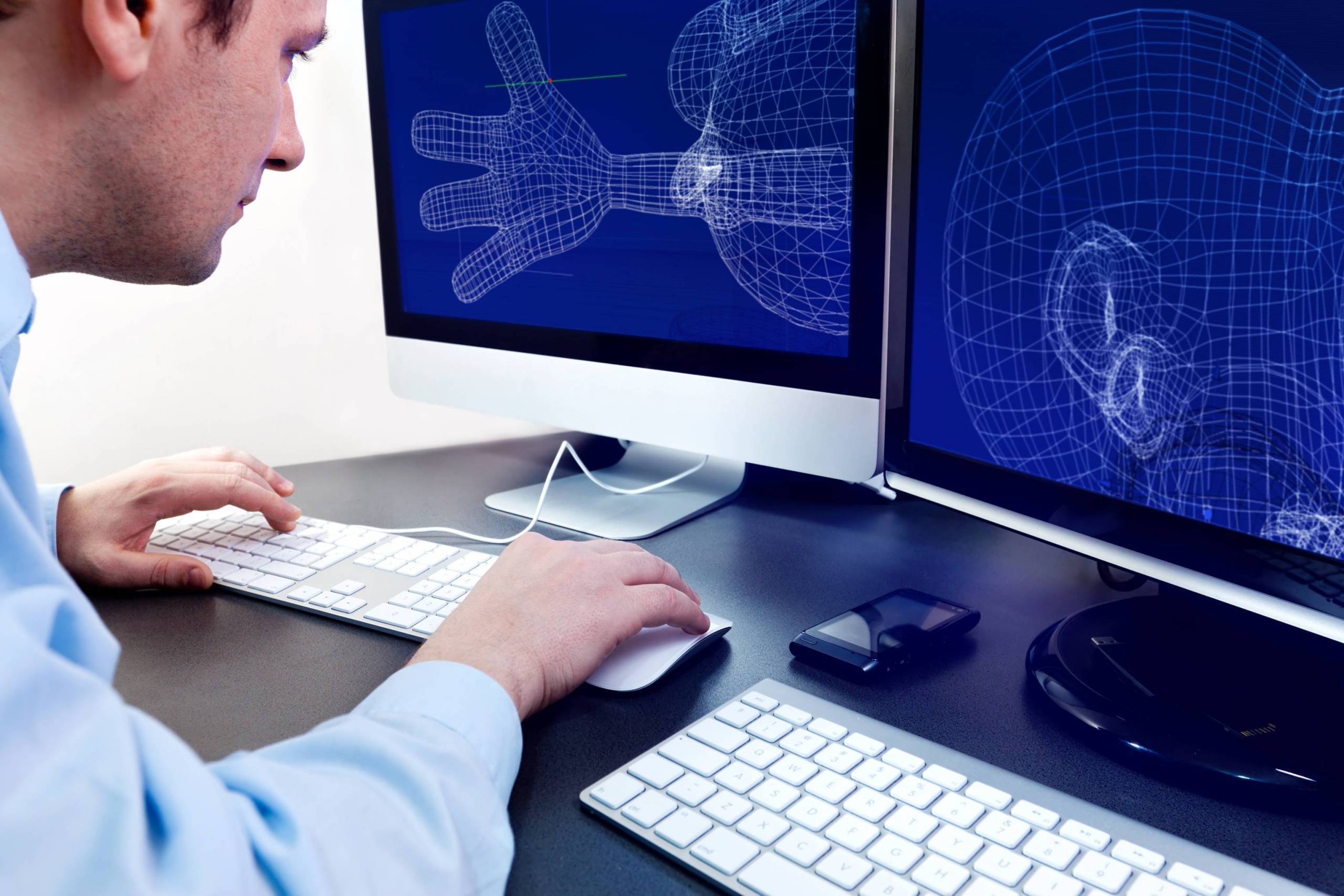
The easiest way to explain the difference between 3D and 2D animation is by using examples of animations you’ve probably seen before:
2D Animation Explanation and Examples
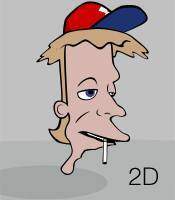
An example of 2D animation
Some well-known popular 2D animations include:
- Looney Tunes (Bugs Bunny, Daffy Duck, Elmer Fudd)
- Classic Disney (Snow White, The Jungle Book, The Little Mermaid)
- TV shows (The Simpsons, Family Guy, South Park, Rick and Morty)
2D animation is a traditional animation method that has existed since the late 1800s. It is one drawing followed by another in a slightly different pose, followed by another in a slightly different pose, so on and so on, at 24 frames per second.
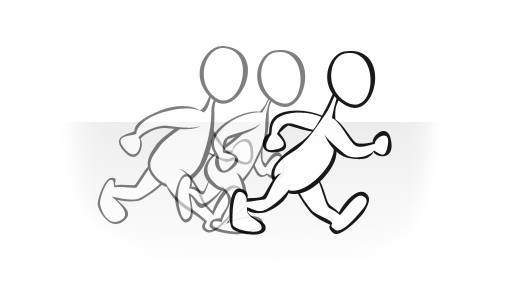
An example of a 2D animation walk cycle
Traditionally, these drawings were put together in an amazing process where artists drew pencil drawings of every frame of film, then these images were painted onto clear plastic sheets called ‘cels’, and each of these thousands of hand-drawn and painted cels were photographed one at a time over a hand-painted background image, and those thousands of images compiled to run as film at 24 frames per second.
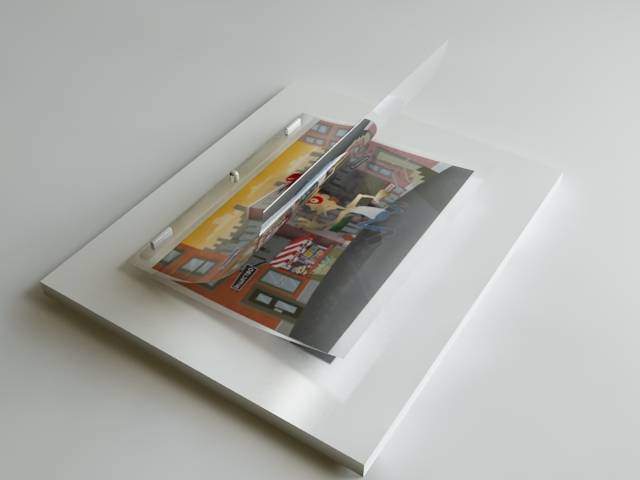
2D animation images were painted onto clear plastic sheets called “cels”
Today, most 2D animators use computer software to one degree or another, with applications ranging from digitally coloring the cels to be photographed in the traditional method, to composing every single animation element in the computer interface.
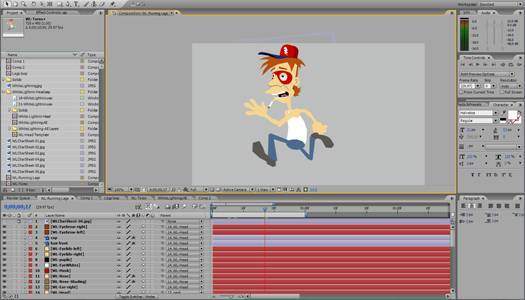
An example of a 2D animation software interface
At DBS, we have used animation when designing interactive infographics and developing animated tools like our snowman builder.
3D Animation Explanation and Examples
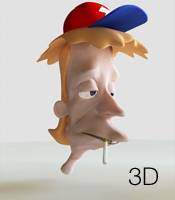
An example of 3D animation
Some popular 3D animations include:
- Pixar (Toy Story, Frozen, The Incredibles)
- Dreamworks (Shrek, How to Train Your Dragon)
- Feature Film CGI (the dinosaurs in Jurassic Park, the robots in Transformers, pretty much everything in Avatar)
3D animation (aside from stop-motion, which can actually be either 2D or 3D animation) is completely done using software.
Anything created in a 3D animation program exists in an X, Y, Z world. That means instead of a flat drawing of a globe, 3D animation produces a sphere that can actually rotate 360 degrees.
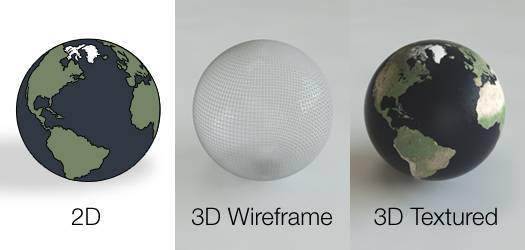
Example of a 2D animated globe vs. a 3D animated globe
3D animation allows animators to create things that are impossible or extremely tedious within 2D animation. For example:
- 3D-animated objects, once modeled, can be treated almost as physical objects. You can light them differently, creating different shadows, and move your camera to view them from above, below, or around the other side.
- Meanwhile, because EVERYTHING is drawn in 2D animation, “moving the camera” in 2D requires drawing objects from other angles and perspectives. This makes “moving the camera” in 3D easier, because it’s simply repositioning the camera to see if you like it better.
- 3D animation allows you to create more realistic objects. Animators can use textures and lighting to make objects appear solid, which helps integrate them more seamlessly into live video elements.
There are pros and cons about both 2D and 3D animation methods. The best method of animation is usually based on a client’s strategy and specific needs, but all animation allows you to create things that would be otherwise implausible or impossible in the real world.
Here at DBS, we have used animation when designing interactive infographics and developing interactive tools like our snowman builder. There are endless possibilities when it comes to data visualization for content marketing.
Curious how you can use animation to add some flair to your own digital marketing? Reach out and contact our experts!
